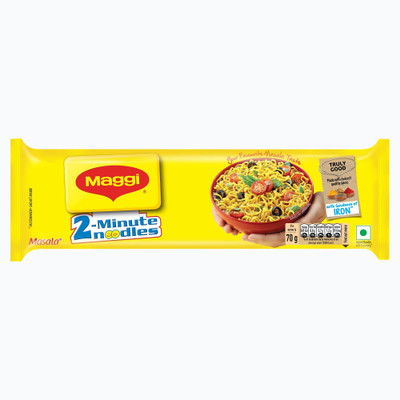
Loopy Liquid Washing Detergent Solution For Front & Top Load Washing Machine Blue Lavender Liquid Detergent (10 L)
Price: Not Available
Currently Unavailable
Highlights
- Quantity: 10 L
- Container Type: Can
- Color Safe
- Fragrance: Lavender
Description
**Surfactants:**Surfactants serve as the backbone of liquid detergents, enabling them to penetrate fabrics and lift dirt and stains. Anionic, nonionic, and cationic surfactants are commonly used, each offering distinct cleaning properties.
**Enzymes**Enzymes play a crucial role in breaking down organic stains such as protein-based soils, starches, and oils. Protease enzymes target protein stains like blood and sweat, while amylase enzymes tackle starches, and lipase enzymes address oily residues.
**Builders** Builders help to soften water and enhance the effectiveness of surfactants by binding to minerals and preventing them from interfering with the cleaning process. Phosphates, zeolites, and citrates are commonly employed as builders.
**Optical Brighteners** Optical brighteners impart a bright, vibrant appearance to fabrics by absorbing ultraviolet light and re-emitting it as visible blue light. This optical illusion helps to counteract the dulling effects of repeated washings.
**Fragrances** Fragrances add a pleasant scent to laundry detergents, leaving clothes smelling fresh and clean after washing. Advanced encapsulation techniques ensure that the fragrance is released gradually and remains long-lasting.
**Dye Transfer Inhibitors** Dye transfer inhibitors prevent colors from bleeding and transferring onto other fabrics during the wash cycle, preserving the vibrancy of colored clothing.
**Low-temperature Performance Agents** With the growing emphasis on energy efficiency, many liquid detergents are formulated to work effectively at lower washing temperatures, reducing energy consumption and preserving fabric integrity.
**Biodegradable Formulations** Manufacturers are increasingly prioritizing biodegradable formulations that minimize environmental impact. This involves using renewable raw materials and reducing the use of harsh chemicals.
Read More
Specifications
In The Box
| Pack of |
|
General
| Brand |
|
| Model Name |
|
| Quantity |
|
| Container Type |
|
| Fragrance |
|
| Usage Instructions |
|
| Compatible With |
|
| Chemical Free |
|
| Biodegradable |
|
| Color Safe |
|
| Skin Friendly |
|
| Net Quantity |
|
Additional Features
| Caution |
|
Questions and Answers
Q:USE THIS ITEM WASHING CLOTHS
A:YES
kleeding
Flipkart Seller0
0
Report Abuse
Didn't get the right answer you were looking for
Safe and Secure Payments.Easy returns.100% Authentic products.
Back to top







